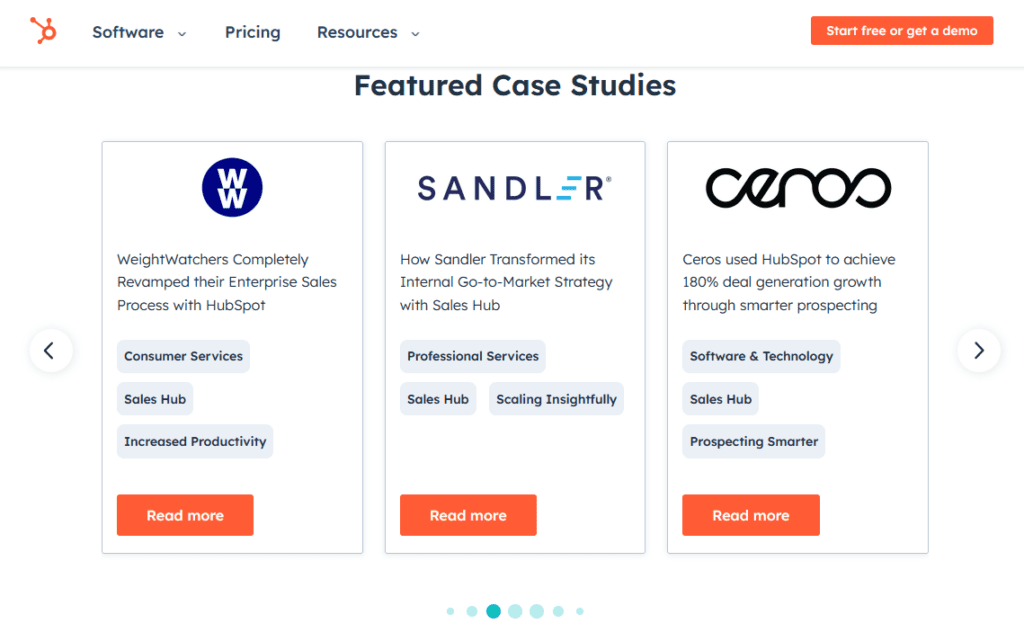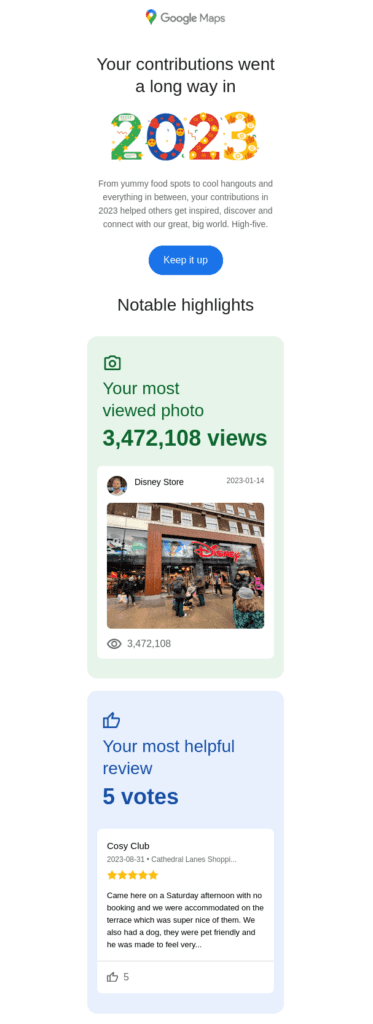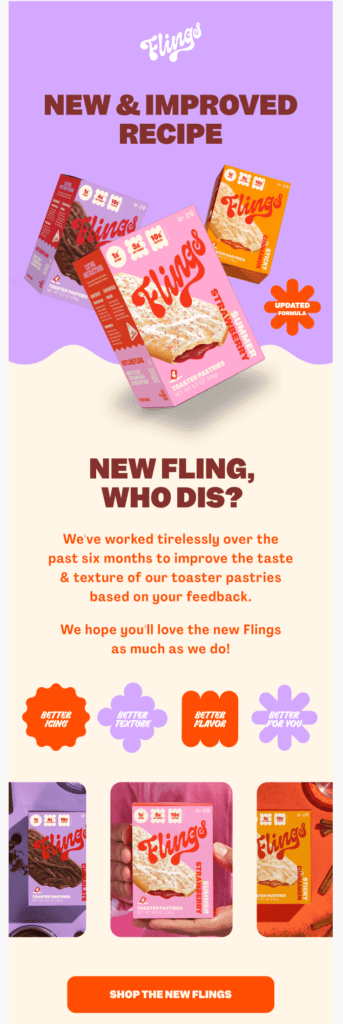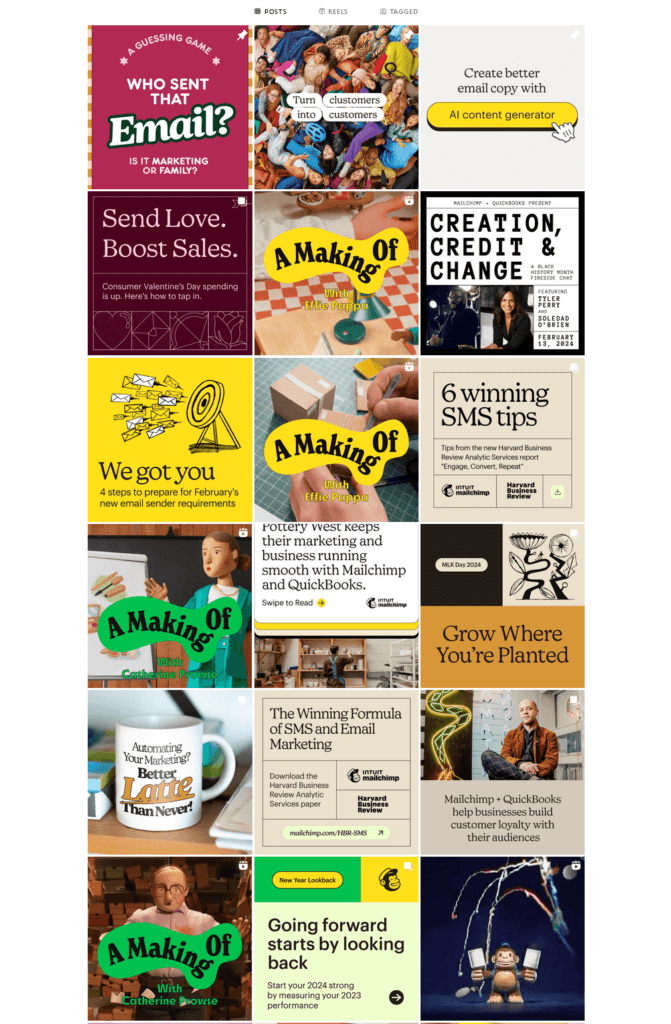7 Types of Marketing Strategies Decoded: What Works For Small Businesses in 2024
Today’s businesses are bombarded with marketing options: countless channels, diverse content formats, and endless collateral choices. Navigating this abundance boils down to smart utilization and strategic selection. This is where a well-balanced mix of marketing strategies comes into the picture.

Once upon a time, print, telemarketing, and broadcast ruled the marketing landscape. Then, digital giants like email, social media, SEO, and influencer marketing stormed the scene. Now? We’re in a hybrid era, where the old blends with the new. While outdoor ads continue to hold relevance, the advent of VR marketing makes us wonder whether we’re living in a science fiction movie.
So, what’s the magic formula for a small business? What marketing strategies will win in 2024 and beyond? Let’s discuss that in this blog.
- Types of Marketing Strategies For Small Businesses To Focus On: In 2024 & Beyond
- 1. Content marketing strategy – beyond blog posts
- 2. Email marketing strategy – cutting through the inbox clutter
- 3. Social media marketing – the key to unlocking engagement
- 4. Outdoor marketing strategy – beyond traditional billboards
- 5. Influencer marketing strategy – building authenticity
- 6. Affiliate marketing strategy – nurturing brand advocates
- 7. Local marketing – tapping into the power of proximity
- Make Your Marketing Strategies Come to Life With Designs by KIMP
Types of Marketing Strategies For Small Businesses To Focus On: In 2024 & Beyond
1. Content marketing strategy – beyond blog posts
Content marketing strategy is about creating content that makes your business stand out in the heavily crowded digital landscape. It is about creating content that educates, entertains, and engages your audience, to keep them coming back for more.
In the current era, this goes beyond traditional content like blog posts. Shareable content formats like infographics and videos are crucial for a brand’s success in content marketing.
Why is this one of the most important types of marketing strategies? Because quality content helps build trust, showcase your brand’s expertise, and also nurture long-term customer relationships.
Take popular CRM & Marketing automation software company, HubSpot for example. They regularly share educational content in the form of ebooks and podcasts.
Podcast listen via @sequoia
— HubSpot (@HubSpot) November 3, 2023
"Create value before capturing value."
In 2006, MIT students @bhalligan and @dharmesh co-founded HubSpot by testing ideas on a hobby blog and creating "inbound marketing." 17 yrs later, we now define the category.
How did they do it?… pic.twitter.com/3wbPjTQOx9
Moreover, variety is key when it comes to content marketing. The HubSpot team keeps this in mind and infuses variety into their content offerings. Their case studies are the next best content formats they share.
The former here is informative in general and caters to the quick requirements of top-of-the-funnel leads. In contrast, content like case studies is more suitable for middle to bottom-of-the-funnel leads who are close to making their decisions.
This is a good example of using content marketing to cater to the diverse and evolving needs of leads in various stages of the purchase funnel.
2. Email marketing strategy – cutting through the inbox clutter
Email marketing seems old-school but it is still one of the most effective marketing strategies in the digital era. According to Statista, the number of email users globally is projected to grow to 4.73 billion in 2026. And emails continue to be one of the most favored modes of brand communication for most consumers.
Why is this still relevant in 2024? Because the digital landscape is continuously evolving. The social media algorithms are changing and search is becoming quite unpredictable. Amidst all this, email marketing provides stability, convenient segmentation, and measurability.
So, yes, when personalized engagement is the goal, this is one of the most effective marketing strategies for brands to focus on. Take, for example, the below email from Google. Personalized email campaigns like this one are known to boost transactions by about 6 times when compared to generic ones.
KIMP Tips:
With the importance of email marketing established, let’s now talk about the design aspect of it. Because we know that in general visual content is processed more easily and is more memorable. Besides, in the case of marketing emails in particular, including imagery can help boost the CTR by about 4.5%. This can be images, GIFs, icons, infographics, or videos.
- Prioritize a mobile-first design because nearly 49% of emails are opened on mobile devices.
- Keep the overall layout simple, organized, and with plenty of white space to maximize readability.
- Ensure a clear visual hierarchy so as to effortlessly direct the reader to the CTA.
- Ensure that the imagery and overall visual style of your email are in sync with your brand’s signature visual theme. The below email cohesively builds on the brand’s visual theme as seen on the packaging design of the product featured.
3. Social media marketing – the key to unlocking engagement
Social media – the one channel that helps build and nurture a community, set trends, and have meaningful conversations with your customers. No wonder this is one of the top marketing strategies that brands need to prioritize.
One of the most notable reasons why brands are investing big in social media is that social media marketing is one of the most non-intrusive ways to reach customers. To communicate your brand’s story and promote your products/services effectively while also driving traffic to your website.
Why is this particularly relevant in 2024 and beyond? Because we live in times when tech is constantly evolving and good brand communication is all about making authentic connections which is possible through social media. This could be in the form of a fun meme, or an engaging Story post where you ask questions for customers to answer.
KIMP Tips:
So, social media marketing is one of the most crucial marketing strategies for brands. Now the question of how you tackle the design aspect of it:
- Be mindful of trends – because you get a few fleeting moments to grab your audience’s attention. So outdated content and designs do not really make much of an impact.
- Prioritize authenticity – instead of generic stock images, go with custom on-brand graphics that tell your brand’s story memorably.
- Remember that you often get just one shot at making a strong impression on your audience. So, make that count – by adding catchy visuals. These could be in the form of engaging cover images and profile pictures on Facebook and LinkedIn, aesthetic video cover images on YouTube, and a cohesive grid aesthetic on Instagram. Like the one adopted by Mailchimp.
4. Outdoor marketing strategy – beyond traditional billboards
Is outdoor advertising significant in the increasingly digital world? Well, the fact between 2021 and 2028, the outdoor advertising market is forecasted to expand at a CAGR of 10.1% on a global scale tells a lot! Because it is not about shouting into the digital void; outdoor marketing lets you grab attention in the real world.
When including this as one of your core marketing strategies in an era where digital channels are prominent, it’s important to make the most of technology to create a more personalized experience. The landscape has expanded to encompass creative installations, interactive experiences, and hyper-local activations.
Take Shell Malaysia’s outdoor campaign for example. This campaign utilized machine learning and scanned vehicles passing the billboard and displayed a customized message based on the car brand and model. The message also included a personalized Shell fuel recommendation based on the car. Reportedly, several car owners who encountered the billboard visited a Shell fuel station shortly afterward.
KIMP Tips:
And now for some design tips!
- To keep your billboard design relevant to the digital era, integrate interactive elements like AR experiences, QR codes, or user-generated content opportunities. This also helps engage audiences and spark action.
- Considering how important it is to make a bold first impression, incorporate visually impactful designs that utilize color, scale, and unexpected elements.
- Keep it simple. Because when on the road, people do not have time for riddles – or for unclear visual hierarchy.
5. Influencer marketing strategy – building authenticity
Investing in this $21.1 billion industry is one of the most profitable and effective marketing strategies in current times.
The simple fact that even social media giants like Meta regularly work with influencers to promote their new features and products gives a good reason to start evaluating the effectiveness of influencer marketing for your brand.
In the below campaign, for example, Meta worked with influencers to test and promote the new Ray-Ban Meta smart glasses. Influencer promotions like this one create a buzz because people are more curious to try what their favorite influencers are trying rather than what a random brand is promoting.
But one thing to remember based on the evolving influencer marketing trends and from the popular influencer marketing campaign examples from brands is that it’s time to focus on more niche influencers and micro-influencers. That’s you you reach a more targeted audience segment that is also highly engaged.
KIMP Tips:
Let’s quickly talk about some tips to create stunning visuals to execute these influencer campaigns.
- While on-brand visuals are important, when it comes to influencer marketing, your visuals need to seamlessly blend your brand and the influencer’s personal brand as well. Create designs that capture the influencer’s unique personality.
- Ensure that there is room for the influencer to express their unique style. That’s when your content strikes the right chord with your audience.
6. Affiliate marketing strategy – nurturing brand advocates
Affiliate marketing is a lot like influencer marketing but it helps create brand advocates who do your brand’s marketing for you. In return, they get a reward in some form. Some brands need both influencer and affiliate marketing strategies whereas a few might find profit from just one of these.
Okay, so why does affiliate marketing work? Because it is a performance-based marketing that incentivizes customers to bring new leads. And leads who come from recommendations from a friend are more likely to stick around. In summary, through affiliate marketing, businesses can tap into new audiences, leverage existing networks, and benefit from targeted marketing efforts.
With the proliferation of niche markets affiliates play a pivotal role in guiding consumer purchasing decisions and shaping brand perceptions. Take HostGator’s affiliate program for example. It mostly appeals to influencers and brands promoting content related to marketing and website development. These could be entrepreneurs looking to launch their websites for example. So, the chances of immediate conversion are pretty high!
Moreover, advancements in tracking technology and analytics have made it easier than ever for businesses to measure the effectiveness of their affiliate marketing efforts and optimize their campaigns for maximum ROI.
KIMP Tips:
So, how do you make your brand’s affiliate program work?
- Start by creating an identifiable brand for your affiliate program. This should ideally be an extension of your core brand.
- Create targeted content with high-quality graphics for your affiliates.
- From emails to social media posts, every piece of graphic designed to talk about your affiliate program should communicate a unified message and carry the signature identity so as to connect with the relevant audience.
Want to create a separate brand for your affiliate? Not sure how to manage multiple brands in one place? Get an unlimited design subscription that supports unlimited brands.
7. Local marketing – tapping into the power of proximity
Even the biggest brands with the strongest global presence cannot ignore local marketing strategies. Because despite your brand’s magnitude and stance in a competitive space, a majority of customers trust brands with a local presence rather than those present online only.
Therefore, it’s important to focus on local marketing. These can be in the form of local outdoor ads as we discussed before. Or by participating in or hosting local community events, local sponsorships, local store promotions, and so on.
By implementing smart local marketing strategies, you demonstrate your commitment to the neighborhood, foster trust, and encourage word-of-mouth recommendations that hold immense power in your local market.
This is particularly important because not all global brands manage to outweigh the local competition. Take Amazon for example. It only holds a 32% market share in India whereas the local ecommerce brand Flipkart holds about 51% market share.
But Amazon has been perseverance marching forward with its localized campaigns like the Great Indian Festival, for example, the year’s biggest sale in the Indian market planned to collide head-on with Flipkart’s Big Billion Day sale.
KIMP Tips:
Now about the design:
- Beware of the local interpretation of particular colors and visual themes.
- Work with local celebrities and influencers.
- Customize the CTA to suit the local market.
- Incorporate locally relevant imagery – like local landmarks, and culturally significant symbols. This creates a sense of familiarity and better connects with the local audiences. Disney, for example, tapped into local marketing with its Disney100: The Landmarks campaign in the UK. For this campaign, the brand shot stunning photographs of 30 different iconic locations in the UK to recreate famous Disney scenes. The one below features Alice in Wonderland at St Paul’s Cathedral.
Make Your Marketing Strategies Come to Life With Designs by KIMP
Designs, as you can see, have an irreplaceable role in all these marketing strategies. Designs in various formats help carry your message to your customers. And designs help build brand awareness and help your business stand out in a competitive space. Because most of your competitors might have a plan for these marketing strategies and it’s your designs that will set you apart in such a crowded space. So, are you looking for a reliable design workflow to tackle all your marketing designs? Design subscriptions are cost-effective and very practical too!
Want to know how they work? Book a call with the KIMP team for a live demo. Or register now for a free 7-day trial!





